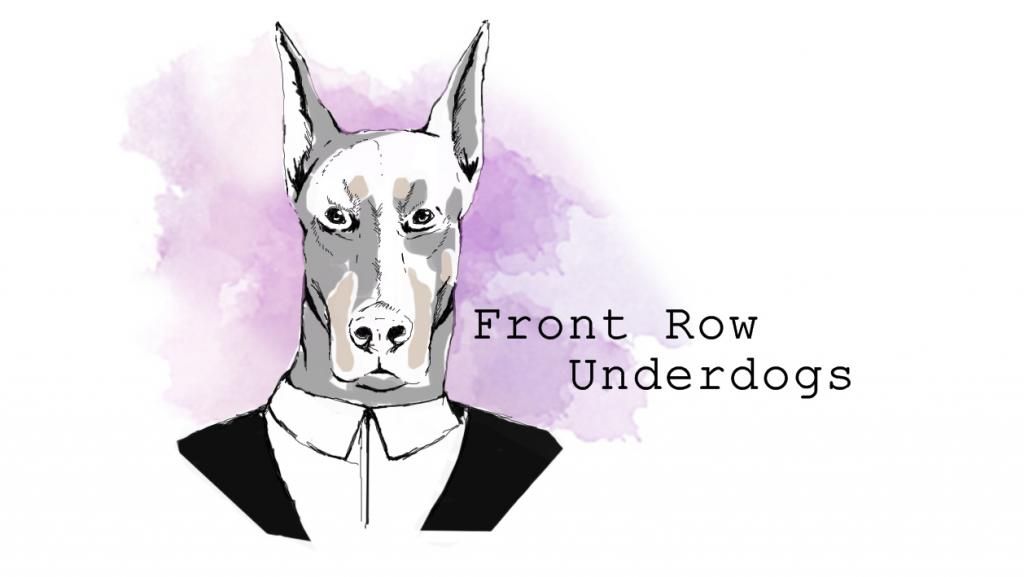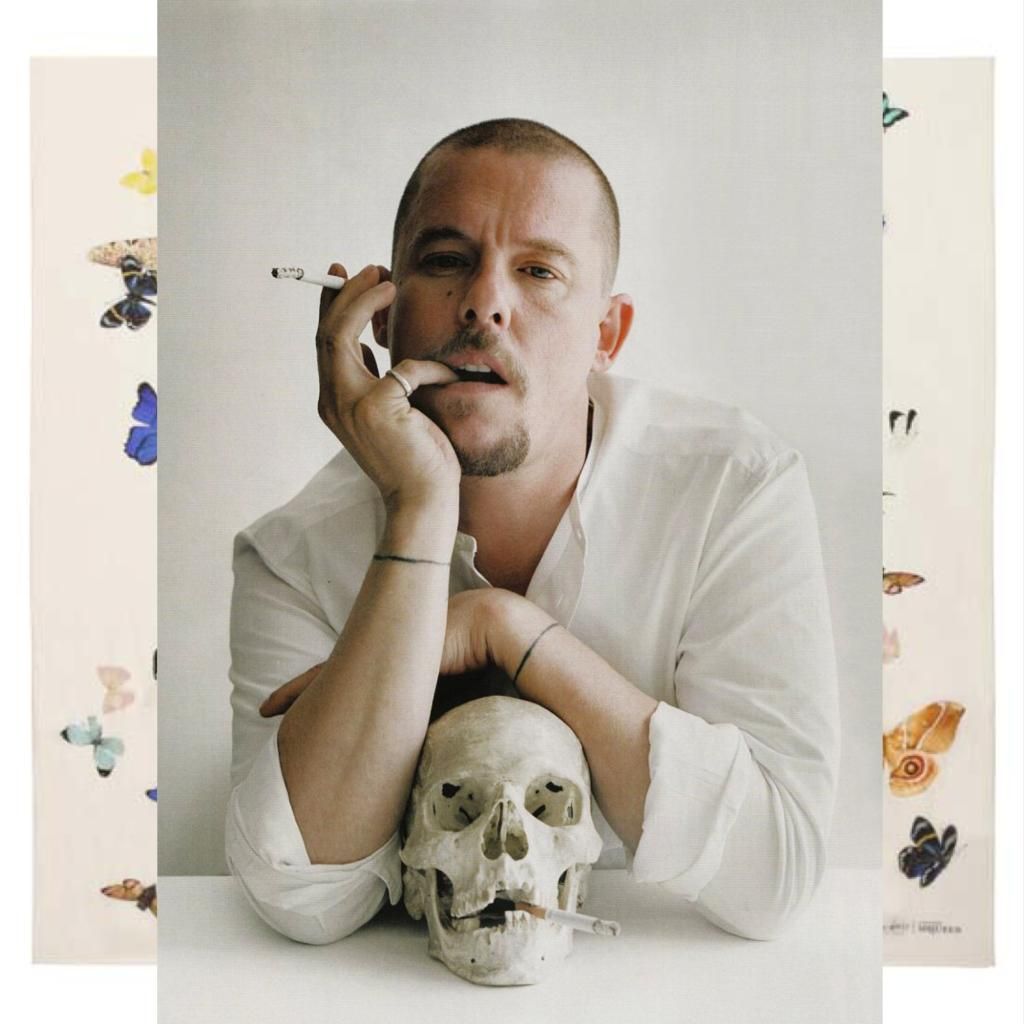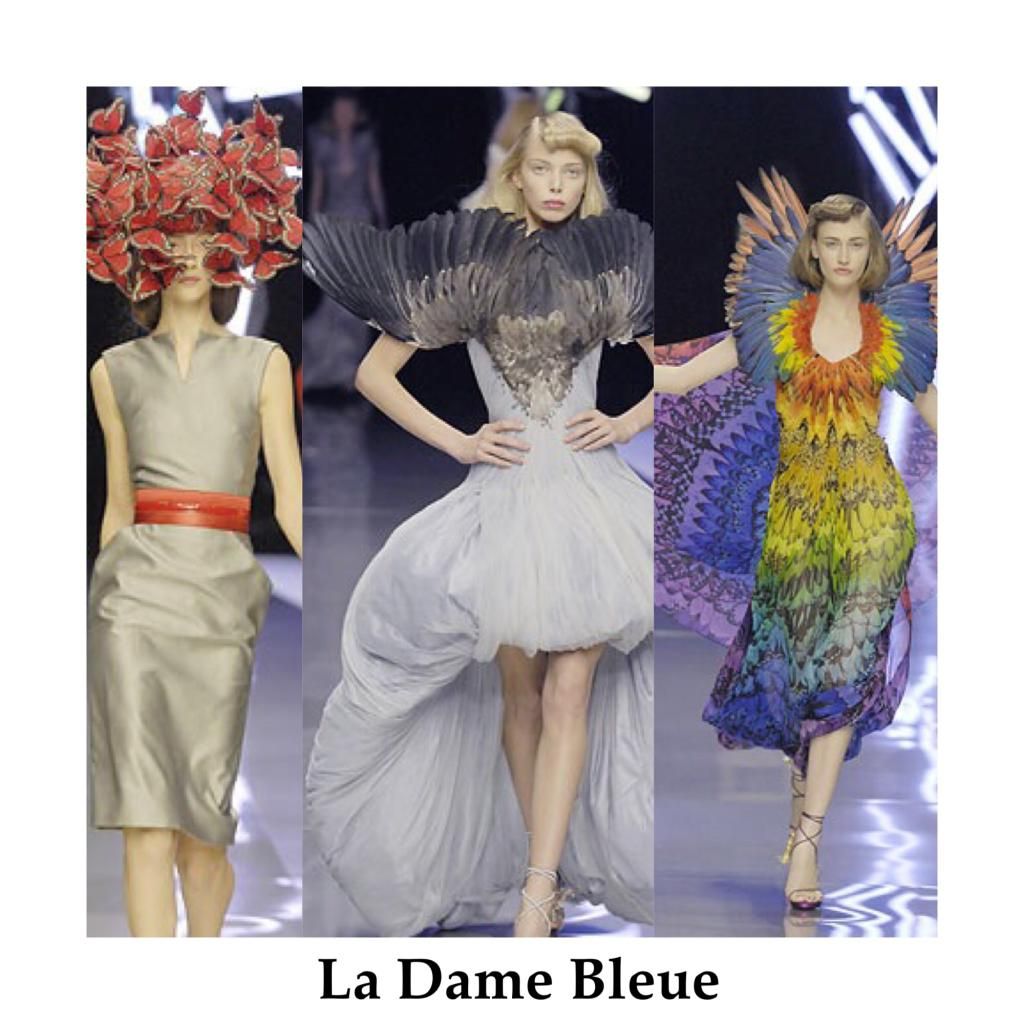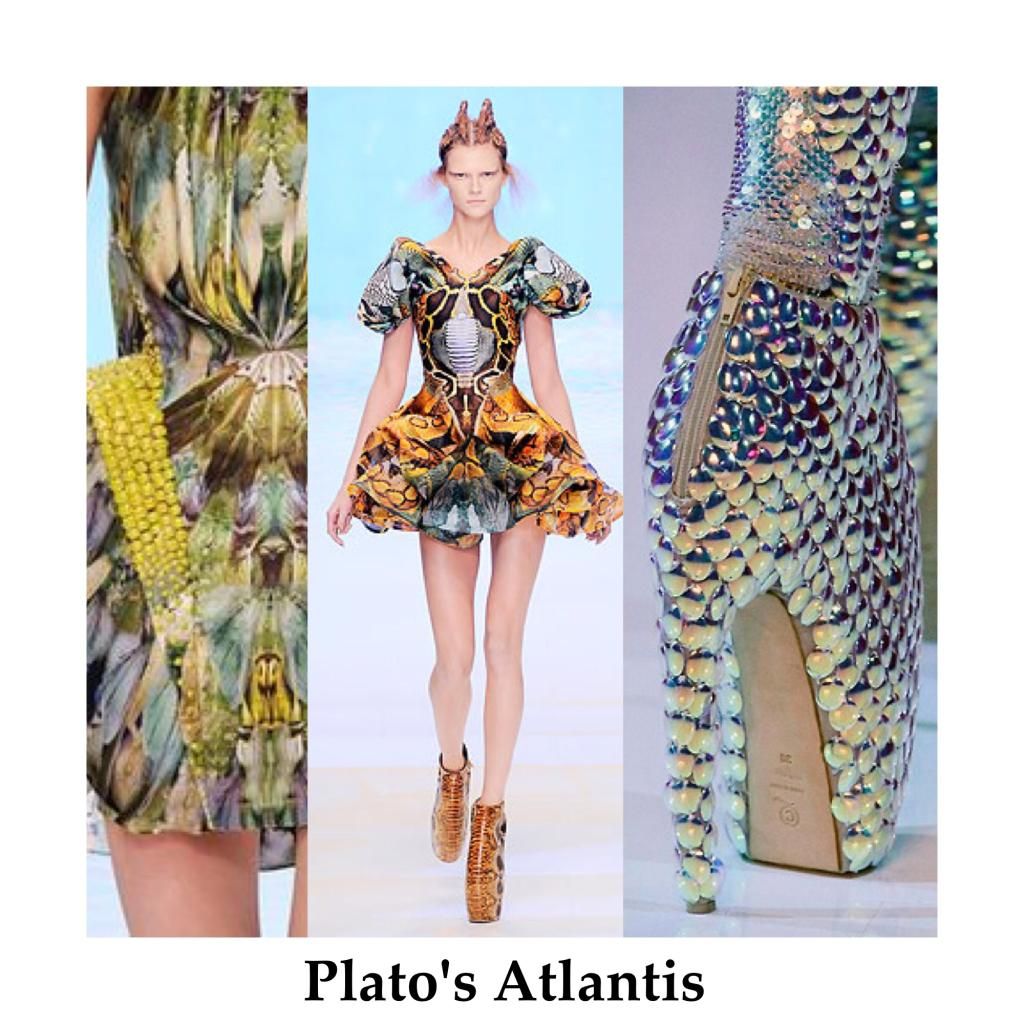To many, the 17th March 1969 means nothing as a
date. To many others, it is the birth date of the most unique persons to ever
walk this planet – Alexander (Lee) McQueen. Lee was never a designer, he was an
artist. The fact that the medium he chose to portray his art turned out to be
clothing was nothing but a lucky circumstance for all of us, as his vision and
imagination would have been genius in any form. Like many artists, and indeed
those that are most celebrated, Lee used his art as his own psychotherapy,
frequently baring his deepest, darkest thoughts onto the runway. Today, the 11th
of February 2015, is the 5th anniversary of his death, so today I
have chosen to showcase some of his runway shows. To say one McQueen show is
lovelier than the other is like comparing diamonds, impossible; each one is
unique and beautiful in its own right. The shows I have chosen are those that
are most impactful to me, and nothing more.
McQueen’s Dante show in 1996 cemented him as Fashions enfant
terrible, and even more so than that, as one of the most talented designers of
the last century. Staged at Christ Church in London’s Spitalfields, the show
started with a sinister flicker of light, gunfire and hip hop. The models
walked the runway in the most ingeniously cut silhouettes of the decade, bathed
in chiffon and lace. McQueen’s days at Savile Row served him well and the
tailoring of each piece was impeccable to the smallest detail, an element that
became present in each subsequent McQueen show. Street and Punk fashion
collided with High Couture fabrics, in a dizzying whirlwind that seemed so
appropriate it made you wonder why it hadn’t been done before. The show may
have been inspired by Dante’s Hell, but it took everyone in the venue to
Heaven.
VOSS is possibly McQueen’s most critically acclaimed show. A
theatre piece as much as a runway, the show was staged in a dimly lit room with
a mirrored cube in the middle. Deliberately starting late, McQueen forced the
fashion crowd to look at themselves for almost two hours before starting, critiquing
themselves as they had his previous designs. When the show began the cube
illuminated and showcased a room made to resemble an asylum, with white padded
walls and mirrors on the sides. What was interesting was that the cube was
mirrored on the inside as well, so the models couldn’t see the patrons, in
essence forcing them to ultimate consciousness, and freeing their inhibitions
from the fashion crowd. Resembling the delusional and disassociated, some
pressed their faces against their walls, one laughed at her own reflection and
in an iconic moment, one of the models began tearing white clam shells from her
dress, as if freeing her insanity from the confines society had wrought upon
her. McQueen was forcing the world around him to look at themselves as he
looked upon himself.
In 2007, McQueen’s biggest supporter and discoverer: Isabella Blow, committed suicide. The loss of one of his closest friends must have wreaked havoc on McQueen’s psyche, and instead of retreating further into the dark, where he was comfortable, McQueen paraded into the light. Many of these pieces, alongside the Pegasus which started the show (made of neon lights) were shown at the Isabella Blow: Fashion Galore exhibit at Somerset House. The exhibit was as much of a celebration of Blow’s life as was the show, and also mostly featured the works of Treacy and McQueen. The exhibition was truly the most amazing I’ve ever seen, which is why this show is one of my favorites. Another reason is that it showcased all of McQueen’s skills and career highlights sewn together using Birds (particularly symbolic of Blow) as an inspiration. Their friendship may have been dark, but this collection showed that McQueen could never have expressed enough gratitude to Isabella (Issy) for all she had done for him, which showed in the newly present femininity in the clothes.
Plato’s Atlantis was the first show I had ever tried to live
stream. How ironic that it was also the first fashion show live stream that
crashed mere minutes before being announced. However, more importantly, Plato’s
Atlantis was the last show McQueen ever saw to runway. Plato’s Atlantis was
McQueen’s vision of a post-apocalyptic earth where we had all retreated back to
the oceans Digital prints of butterflies and reptiles showed the designer was
well ahead of his time, further proven by the fantastical shoes which to this
day fill the dreams of every fashionista that walks the planet. This is the
show that took McQueen from his fashion-icon status and made him a household
name. To this day, I have never seen a better executed and more beautiful
runway than this, and I doubt that will change in many years to come.
A few months later, and exactly 9 days after the death of
his mother, Alexander Lee McQueen committed suicide. He left a note to look
after his dogs, and hung himself using his favorite brown belt. The event was
an apocalypse in itself, the death of one of fashions most unique artists and
beloved designers. May we remember McQueen by his artistic merit, not his
personal troubles; may we remember him until our return to Atlantis.
Long Live McQueen
(1969 - 2010)






No comments :
Post a Comment